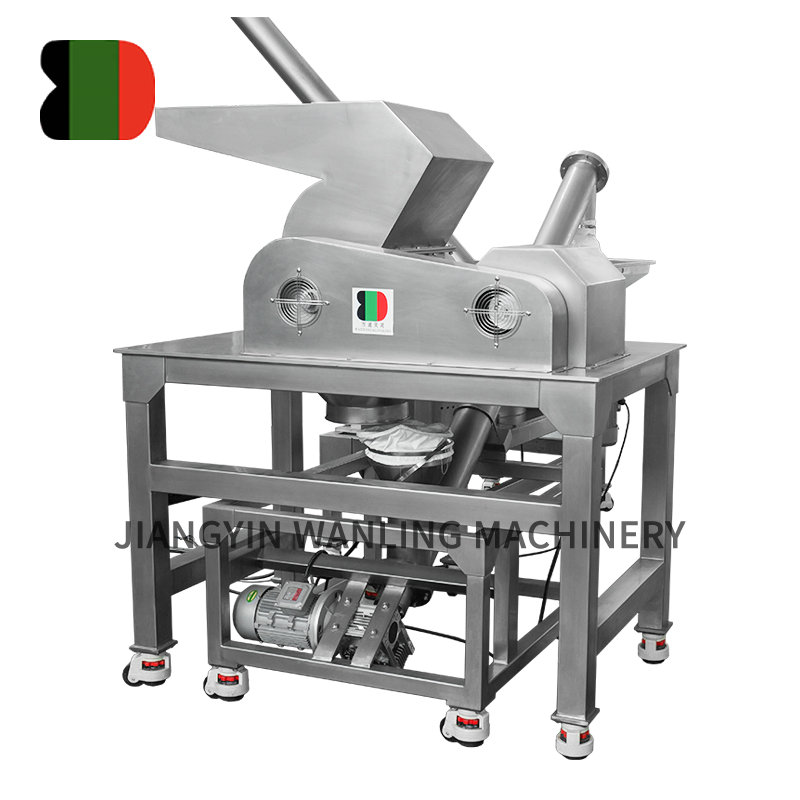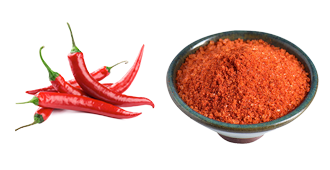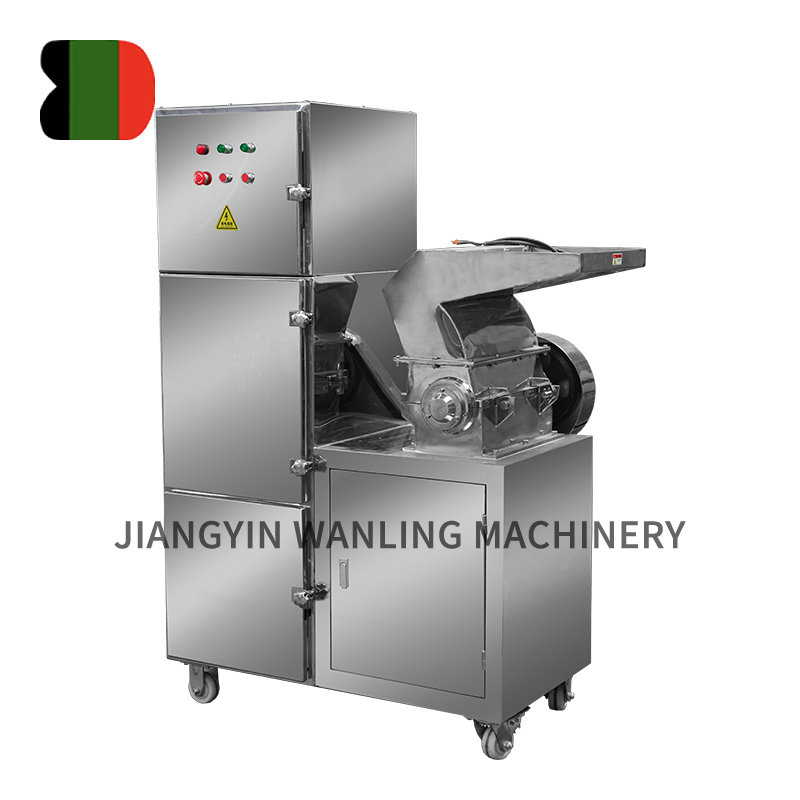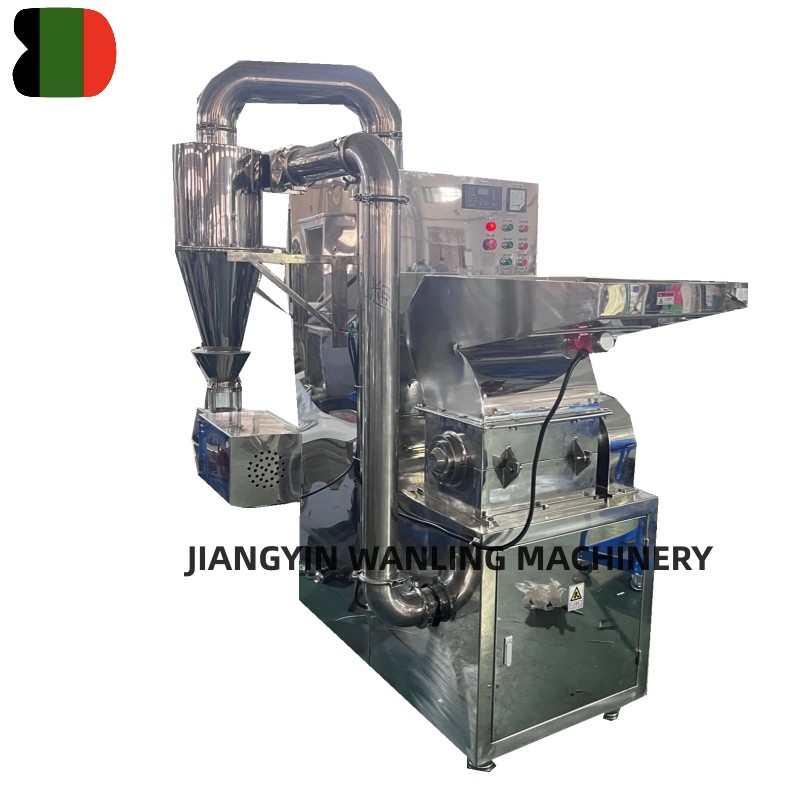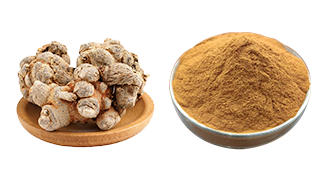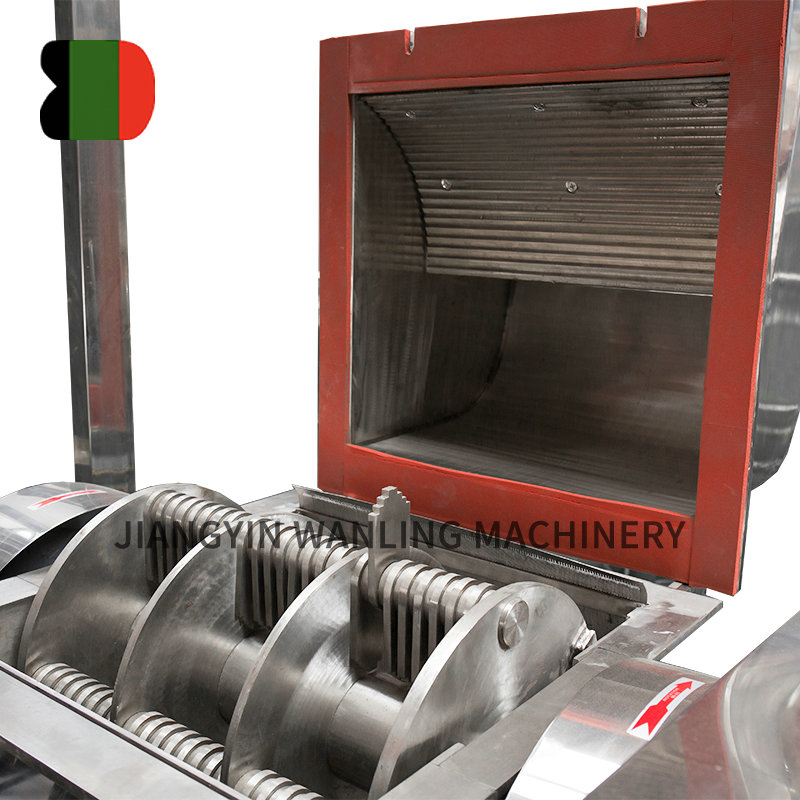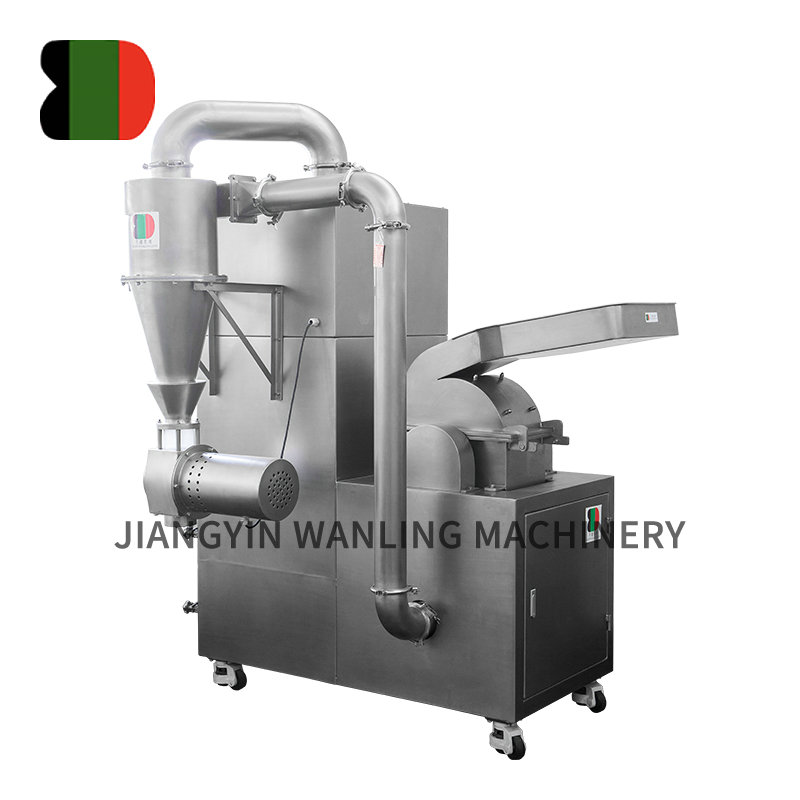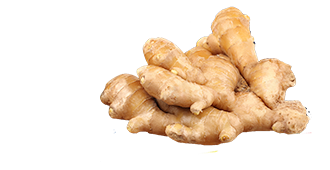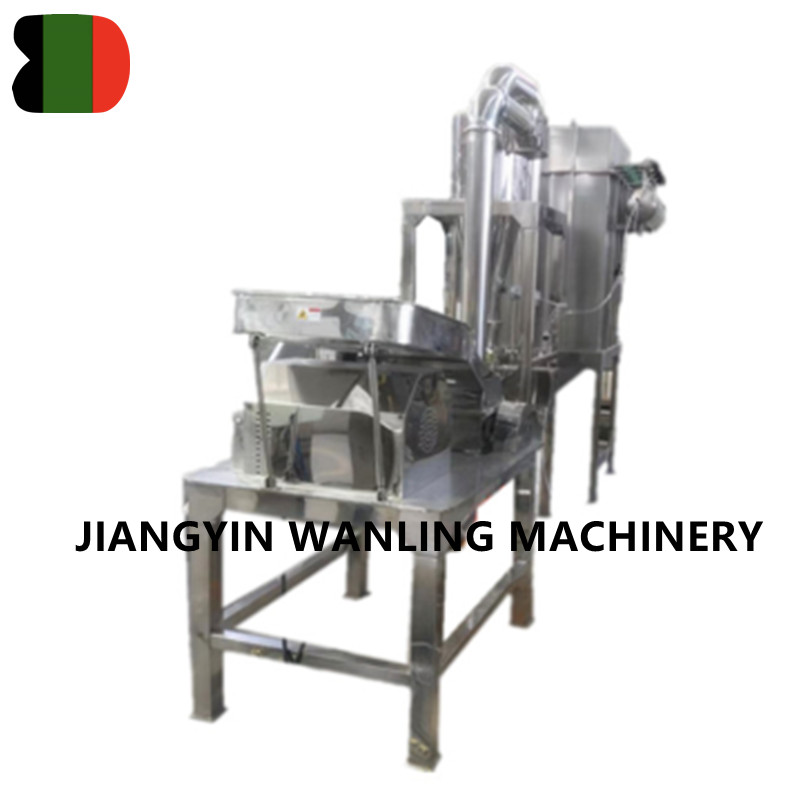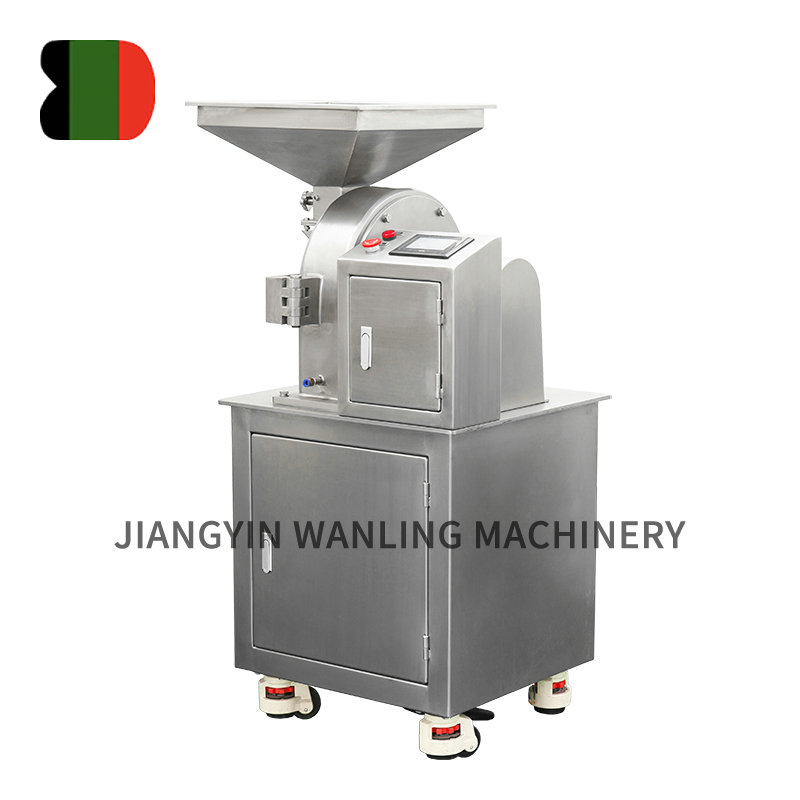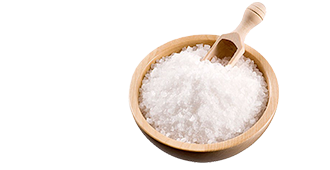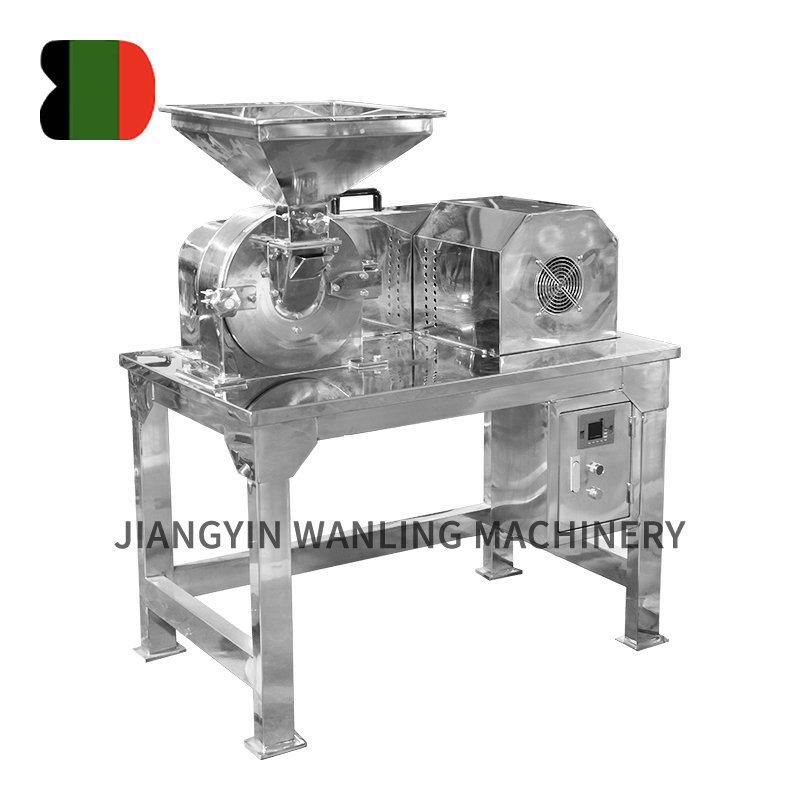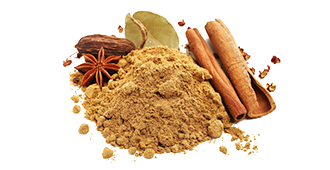The design of the double cone blender incorporates several features that help prevent contamination between batches, which is especially important when mixing different types of materials. Here’s how the design achieves this:
Smooth and Continuous Blending Surface
Design Feature: The inside surfaces of a double cone blender are typically smooth and free from internal obstructions.
How It Helps: Smooth, continuous surfaces minimize the risk of material residue sticking to the sides of the blender. This reduces the chances of cross-contamination when the blender is emptied and refilled with a new batch of material. Any remaining particles from the previous batch can be more easily removed during cleaning, as there are fewer areas where particles can cling.
Efficient Discharge System
Design Feature: The blender is usually equipped with a discharge valve at the bottom, which allows the blended materials to be released evenly.
How It Helps: The discharge valve ensures that the entire contents of the blender are removed at once, preventing residual material from remaining inside the blender. This helps to reduce the risk of contamination when switching to a different material for the next batch. In some cases, a segregated discharge system can be used for further isolation of the materials, ensuring no mixing between batches.
Minimal Material Residue
Design Feature: The gentle mixing action and tumbling motion reduce material buildup on the blender walls.
How It Helps: The tumbling motion helps to prevent the formation of material clumps or bridging inside the blender, which reduces the likelihood of leftover materials adhering to surfaces. This minimizes contamination risk when switching to a new batch because the blender walls are less likely to retain any old material after the discharge.
Cleaning and Maintenance
Design Feature: Double cone blenders are designed to be easy to clean and maintain, with disassemblable parts and smooth interior surfaces.
How It Helps: After each batch, the blender can be thoroughly cleaned, removing any traces of the previous material. This is particularly important when dealing with different types of materials that could cross-contaminate. The ability to perform effective sanitation ensures that there is no residual contamination left behind that could affect the next batch's quality.
Seamless Design and Lids
Design Feature: Some double cone blenders are equipped with lids or seals to cover the blender when it’s not in operation.
How It Helps: Sealed blenders help prevent external contamination during the mixing process, and if a batch change occurs, the lid can help prevent any stray particles from mixing with the new materials. This also helps keep the environment around the blender clean.

Batch Isolation
Design Feature: Double cone blenders are often used for batch mixing rather than continuous mixing, which inherently limits the chances of contamination between batches.
How It Helps: When operating in batch mode, the blender is emptied completely before a new material is introduced, and there is no overlap in materials. This batch isolation ensures that there is no risk of materials from different batches mixing together, which is especially critical when dealing with different product types or formulations.
Rotating Cleaning Devices (Optional)
Design Feature: Some double cone blenders can be equipped with automated cleaning systems or rotating brushes inside the cone.
How It Helps: These cleaning systems help dislodge any residual materials left inside the blender, further reducing the risk of contamination when switching batches. This is particularly helpful for sticky or fine powders, which are harder to clean manually.
Use of Liners or Coatings
Design Feature: In some cases, the interior of the double cone blender can be fitted with removable liners or coatings (e.g., PTFE or silicone-based liners).
How It Helps: These liners can be replaced or cleaned easily, reducing the risk of material residues from previous batches contaminating the new batch. The liner acts as a barrier between the material and the blender's interior, minimizing cross-contamination and simplifying the cleaning process.
Batch-Specific Equipment
Design Feature: For industries with strict contamination control (e.g., pharmaceuticals or food manufacturing), dedicated double cone blenders may be used for different types of materials.
How It Helps: By dedicating specific blenders for specific types of materials, the risk of contamination is virtually eliminated. For example, separate blenders for different flavors or active ingredients in pharmaceutical products can be used to ensure no crossover between batches.



 Español
Español